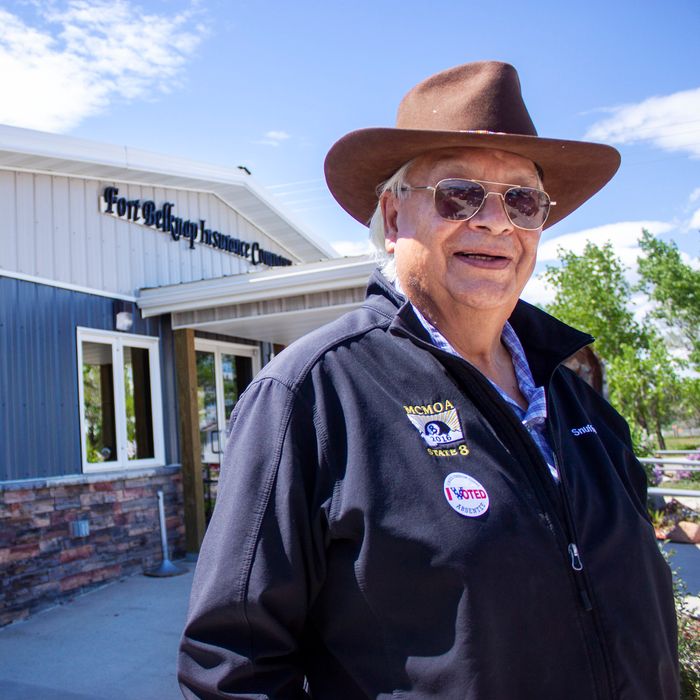
When election season rolls around every two years, the approximately 2,400 eligible voters living in the Fort Belknap Indian Community in Montana’s central plains start getting a lot of phone calls. Gerald “Bear Shirt” Stiffarm is often the voice on the other end of the line.
Fort Belknap sits on roughly 1,000 square miles; its vast grasslands, where buffalo graze, and its dramatic mountain buttes make up about 25 percent of Blaine County. The main road is a two-lane highway that snakes through the rolling hills. Two Native American tribes, the Gros Ventre and the Assiniboine, call this land home.